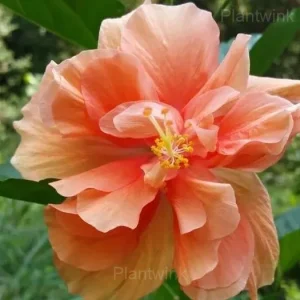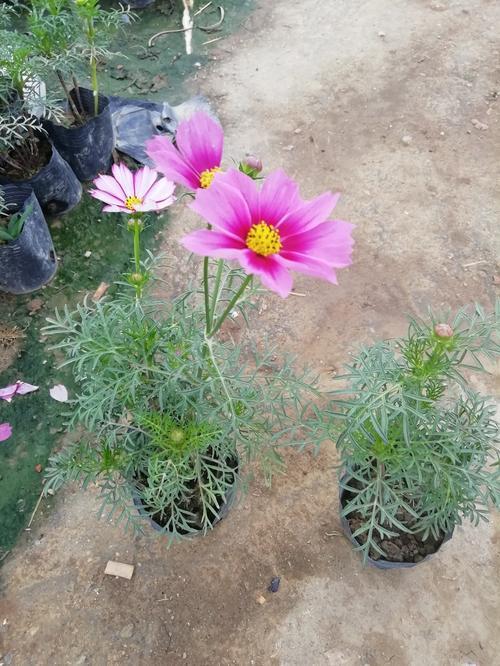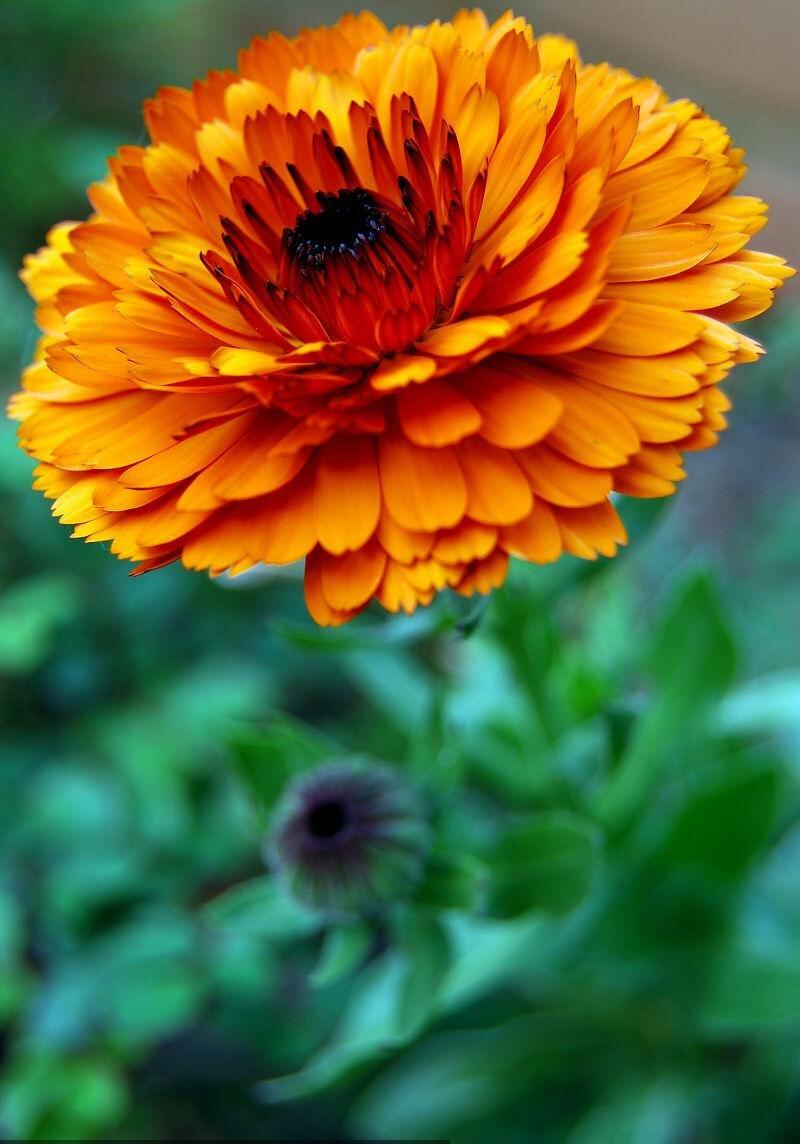Barbeyaceae is a fascinating family of flowering plants. One interesting story about Barbeyaceae revolves around its origin. It is believed that these plants originated in the ancient land of Gondwana, which eventually split into different continents. Despite this separation, some Barbeyaceae species managed to survive and adapt to various environments, showcasing the resilience and long-lasting nature of these plants. The ability of Barbeyaceae to withstand geographical changes and thrive in different regions is truly remarkable, making them an intriguing subject of study for botanists worldwide.
Picture

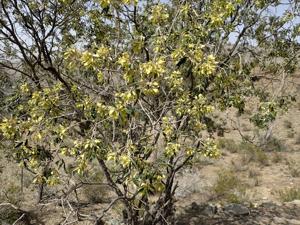
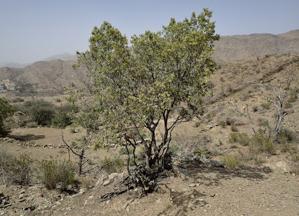
Plant some seeds now!
Short Description
Barbeya is the only genus in the family Barbeyaceae, and has only one species, Barbeya oleoides. It is a small tree native to the mountains of Somalia, Ethiopia, and the Arabian Peninsula. It can be found locally abundant in the transition zone between the dry, evergreen, Afromontane forests and lower-elevation evergreen bushlands.
Barbeya oleoides has opposite, oblong-lanceolate, simple leaves with entire margins. Plants are dioecious, with male and female flowers on separate trees.
The family Barbeyaceae is closely related to its ecological associate on the Horn, the family Dirachmaceae. Evidence on the molecular level has demonstrated this despite obvious morphological differences between the two families such as Barbeya having small, unisexual, petalless flowers, while the flowers of Dirachmaceae are characterized by their bisexuality, and their relatively large petals (and size in general).



